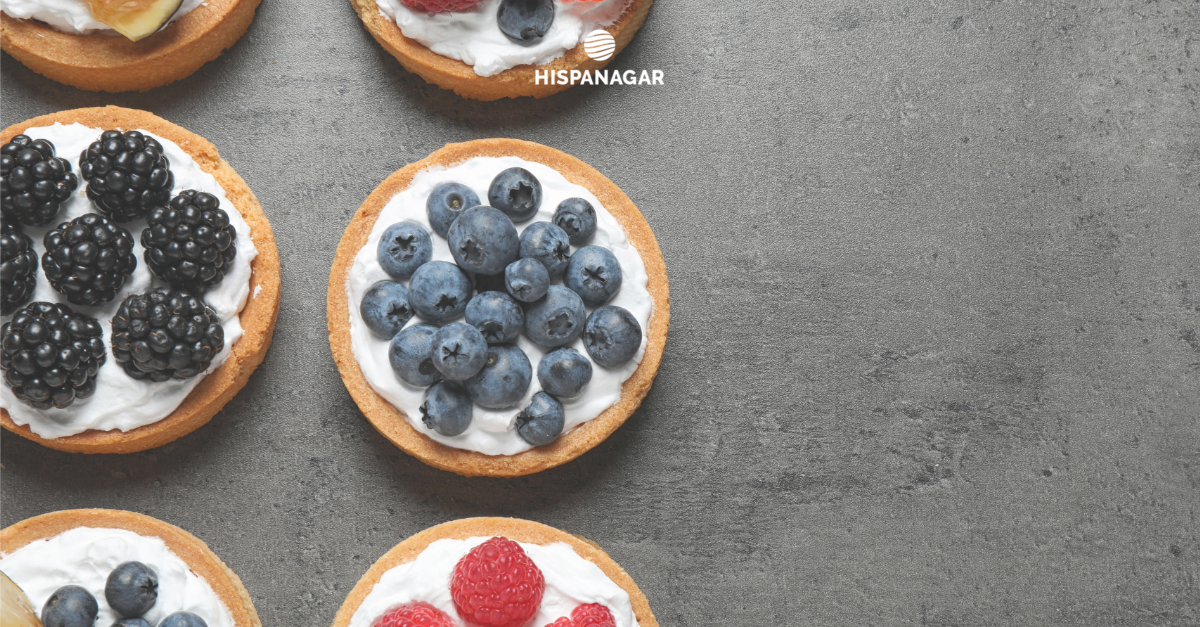From filling to coating: agar solutions for confectionery
Wed, 05/11/2025 - 08:32
In modern confectionery, agar has established itself as a key ingredient due to its versatility and properties. This ingredient is present in products as diverse as snack bar fillings, jellies, marshmallows, jams and jellies, meringues, gummy candies, and cookie glazes.
Agar offers technical solutions that support both traditional formulations and trends toward sugar reduction or elimination.
One of the most valued advantages of agar is its ability to form transparent gels without the need for high sugar concentrations, which facilitates the production of “light” jams and fruit jellies with lower calorie content.
Unlike pectin, agar does not require the presence of sugar to gel; unlike gelatin, it allows for working with slightly acidic flavors, expanding the range of possible formulations.
In addition, its high hysteresis provides stability at room temperature, a feature that is particularly useful in chocolate-coated jellies, where storage without refrigeration keeps the chocolate at its optimum point for melting in the mouth.
Agar also acts as a barrier against moisture loss, protecting confectionery products from drying out. This property is exploited in confectionery glazes and coatings, where agar improves the elasticity and adhesion of the coating.
It also acts as a stabilizer in aerated products or mousses, helping to maintain the structure without affecting the lightness.
In this context, the Agar QSol range is presented as a leading technological solution.
Agar QSol, which dissolves at a lower temperature, melts completely at 80°C and forms firm gels with strengths greater than 700 g/cm2, ideal for applications that require consistent and transparent gels.
On the other hand, QSol Soft Agars provide rapid dissolution and very low gel strengths (50 and 150 g/cm2), designed as texturizing agents rather than gelling agents for formulations seeking a spreadable, creamy texture and light structure.
Together, these options allow confectionery manufacturers to adjust the texture, stability, and behavior of their recipes, adapting to market demands.

